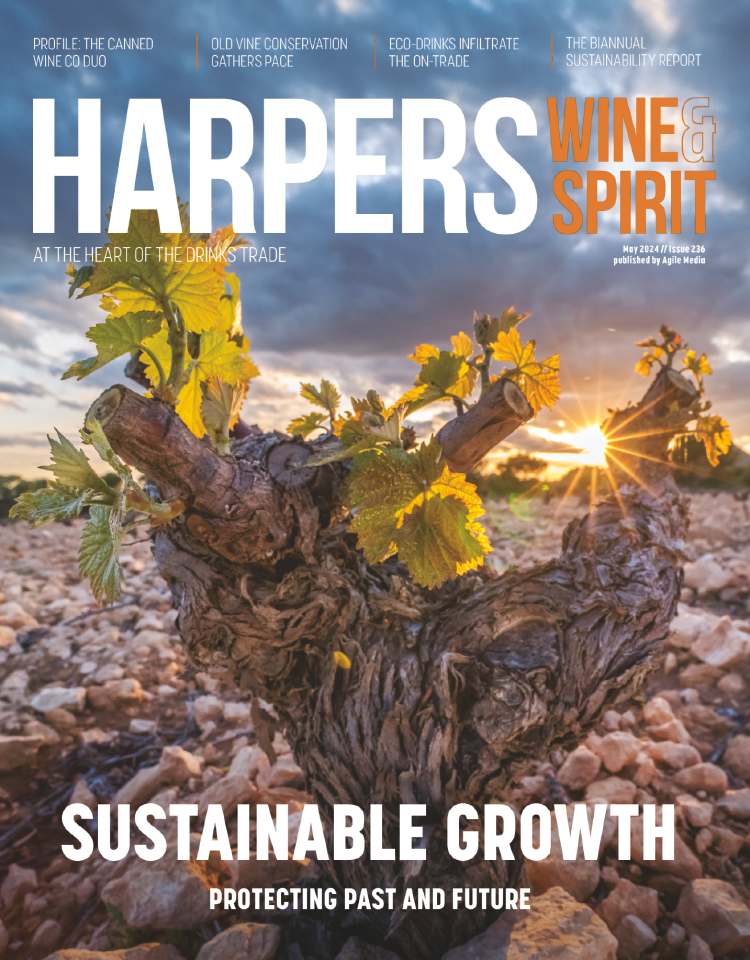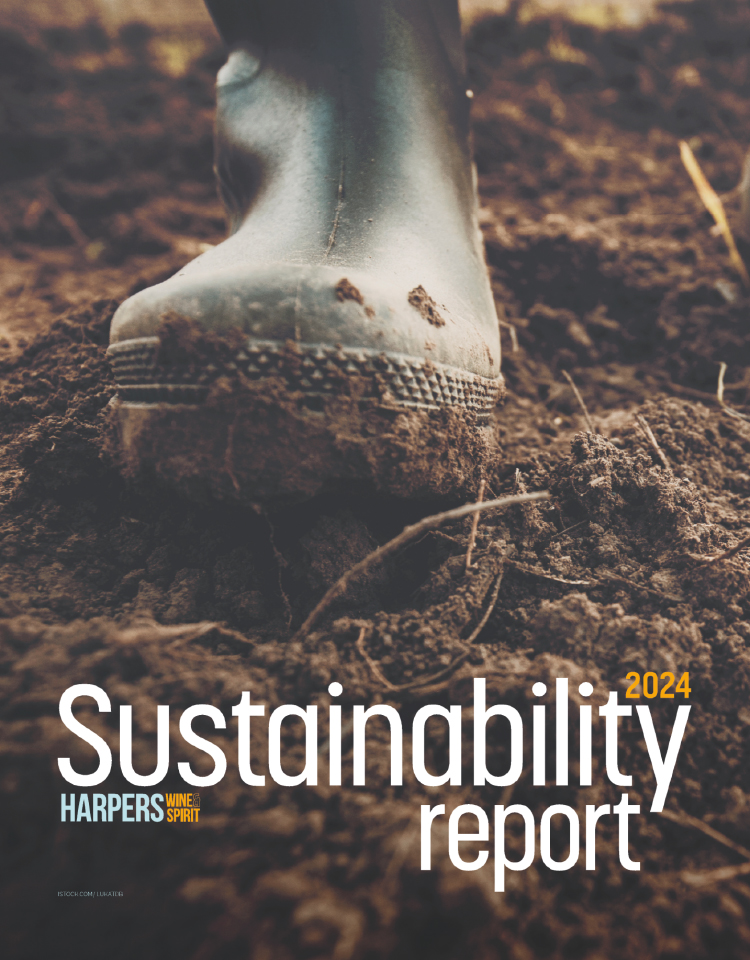Geoffrey Dean on the Clare Valley harvest
While Europe braces itself after the onset of winter, one of Clare Valley's largest producers is cursing one of the latest frosts anyone can remember hitting this part of South Australia.
While Europe braces itself after the onset of winter, one of Clare Valley's largest producers is cursing one of the latest frosts anyone can remember hitting this part of South Australia.
Taylors, situated at the lower end of the valley, was given a nasty surprise in late October when the freezing air rolled down into its vineyards. As a result, it has effectively lost between 600 to 700 tonnes of fruit, much of it in its premium St Andrews vineyards. "They were smashed and it will hurt," one neighbouring winemaker said with typically Aussie bluntness. "They can claim for the loss of fruit on insurance, but they can't get back the margin they make on the wine."
More frost returned unexpectedly to the Clare Valley as recently as the morning of November 18, when temperatures at one of the top vineyards in the celebrated Polish Hill River region, Pikes, dropped to freezing point at 5.30am. This time, however, vineyard manager and co-owner Andrew Pike's wise investement in giant frost fans prevented any damage. The fans, installed at a cost of AUD$100,000 each (about £65,000), switch on automatically before the mercury hits zero, and are effective up to -4ºC. Below that temperature, they make no difference and might as well be turned off according to Pike.
Pikes, which produces 50,000-60,000 cases per year, has long been one of the leading technological wineries in South Australia. Two innovations have proved especially important - first, moisture probes in its vineyards, which regulate the precise timing and amount of drip irrigation needed in what is a warmish region; and secondly, the use of ultrasonic equipment on used barrels. When these are filled with water heated to 50ºC, the ultrasonic waves not only pulverise bacteria spoilage and unwanted yeasts like brett, but also strip tartrates off the insides of barrels.
Both devices are not cheap, but have helped give Pikes the edge in quality, and with it, sales. In the past four years since the start of the global financial crisis, they are one of the few Australian wineries that have, notwithstanding the inexorable rise of the Australian dollar, increased exports. China, for example, takes around 10% of Pikes' entire production, notably its entry-level Red Mullet. The key there was to find the right distributor and, after a long search, the company was successful in its quest when it joined forces with EMW (East Meets West), a Shanghai-based set up jointly owned by a knowledgeable Chinese national and Edouard Duval from the Champagne house Duval-Leroy.
The go-ahead nature of Pikes contrasts with the ultra-traditional approach at Wendouree, a boutique producer a few miles away that makes only 2,000 cases a year from 10ha of vineyards, all unirrigated. This has to be one of the most delightful wineries to visit in Australia, with its old buildings and understated milieu, but it has wines of exceptional quality. Buying them, which requires a coveted place on the mailing list (which itself has a long waiting list) is almost as difficult as becoming a Wendouree picker at vintage. The dozen or so people who do the job have to be asked by owner/winemaker Tony Brady - a charming man with old-fashioned beliefs, who uses neither a mobile phone nor the internet.
"We have a very old basket-press that was even second-hand when the winery acquired it in 1900, five years after Wendouree's first vintage in 1895," Brady muses. "It's been reconditioned of course, so I reckon it'll be good for another 100 years." Many of Wendouree's vines are similarly ancient - two Shiraz blocks date back to 1893 and 1911, the Malbec to 1898 and the Mataro (Mourvèdre) and Cabernet Sauvignon to 1920.
Brady's commitment to quality is so total that he refused to make any wine at all from the wet 2011 vintage, leaving the fruit on the ground. Mercifully, the 2012 vintage was so good that it is being hailed as the best since 2006 by Brady, and a-once-in-20-years one by many other South Australian producers. Having tasted each of the Wendouree single varietals out of barrel, I can attest to their remarkable intensity of fruit and complexity.
No Wendouree is exported, however. So to drink it, you almost certainly have to come to Australia, where older vintages can be found, at a price, in a few high-grade retailers. "Tony's not in it to make money though," says Stephen Pannell, one of Australia's leading winemakers. "He wants to preserve a time capsule and to pass on what is a very special vineyard site for future generations."
Wendouree is an Australian institution. When one of the country's most distinguished ex-cricketers, Dennis Lillee, gives a winemaker a signed, mounted montage of photographic frames featuring his famously grooved bowling action, and writes underneath, "Thanks for a century of wine", you know you are doing something right. Tony Brady is that winemaker and Wendouree is no less an Aussie legend than Lillee. A case of great wine meets great sportsman.







